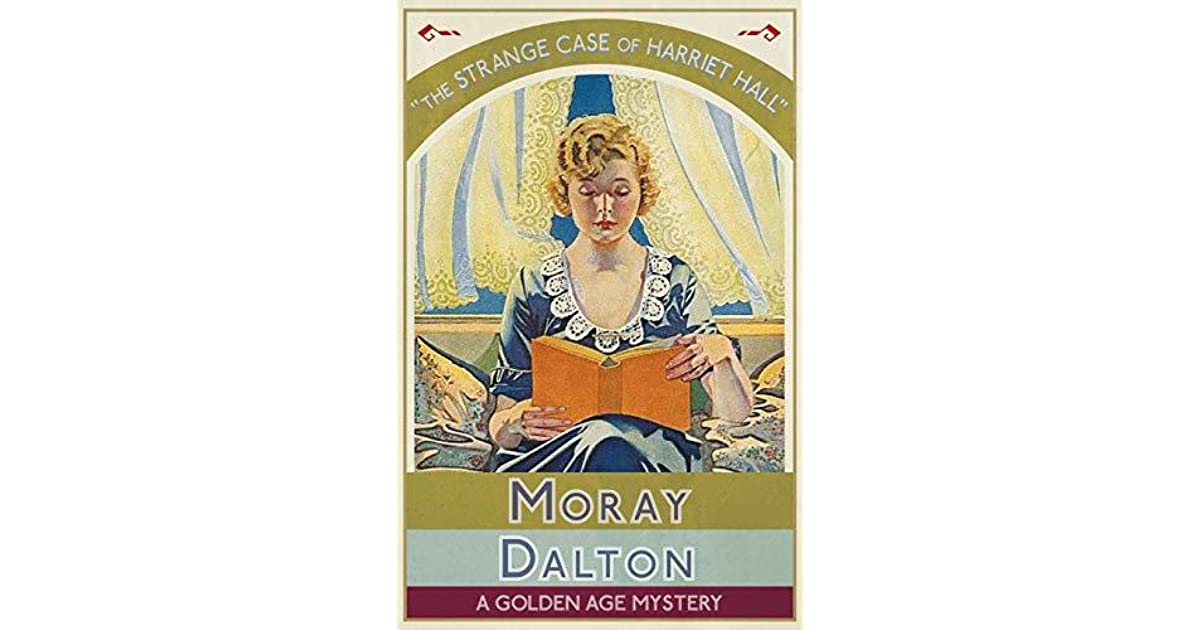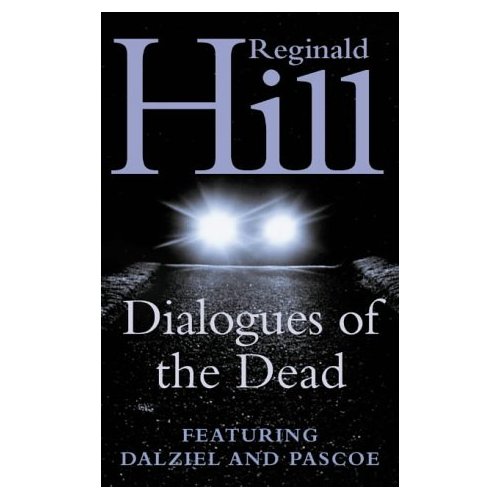
Dead Opposite the Church
The factual title gives you a feel for how this crime novel will develop: facts are followed by facts and little intuition is needed to connect them, which is just as well, as our main protagonist is rather short on intuition…
What’s it about?
Edward Packman ran his weekly newspaper as if his actual job was to humiliate the locals, so no one seems surprised (or especially sad) when someone stabs him to death in his own office.
There’s a plethora of suspects, including Packman’s chief reporter, Johnny Crompton, whose viewpoint we begin to follow. Given the local police officers’ frequent desire to confide little details of the case to him, it would seem he can’t be a serious suspect, despite the fact that he punched his boss out cold less than an hour before he died.
The means were freely available in Packman’s office, but who had a serious motive and took advantage of the small window of opportunity? Irritated by the local police’s imputation that he might be involved, Crompton resolves to solve the case before they do, but is hampered by his complete lack of imagination.
The police have rather more of an idea, but can they prove it without allowing any more deaths?
What’s it like?
Amusing. Straightforward. A very readable whodunnit with slightly too much romantic sugar thrown around at the end (I mean…Packman wasn’t even buried yet.)
Expect detailed descriptions of the characters’ movements, which gradually sharpen our focus on one inescapable conclusion, twists aplenty, and an investigative protagonist who would probably struggle to work out why his tea had gone cold, yet somehow functions as the chief reporter on a weekly newspaper.
Increasingly suspect character: “Mate: I’ve got a Clue for you with a capital C, but you’ll have to stop doing the important thing the police told you do and come and meet me where the brutal, unsolved murder took place.”
Crompton: “Clue? Ooh, I was told under no circumstances to leave my position, but…I’ll be there as soon as I can!” [Promptly abandons very important role to meet the suspect character, in a move that would have any half decent pantomime crowd shouting, “NOOOOOO,” and, “HE’S BEHIND YOU!” while shaking their heads in despair.]
I particularly enjoyed the interplay between the reporters and the police officers. One amusing example was this:
“Why should Mr Bowden think of charging you?” ….
“Because he’s got that kind of mind,” returned Crompton. “It doesn’t take him very far, so he likes to get off before the last stop.”
Ouch!
Final thoughts
‘Dead Opposite the Church’ is a classic of the golden age of crime writing: all the facts are gradually laid in front of us, alongside a few generous red herrings; there are plenty of characters who turn out to possess a motive; and the reader is given a fair opportunity to work out the perpetrator(s) before they are dealt with and all is right with the world again.
Although some readers may feel that they can solve the crime a little too easily, the story itself is enjoyable, full of amusing conversation and worth the read.
(I still can’t fathom how Johnny Crompton got his job though, unless his not-so-secret admirer Lisbeth Ann was on the hiring committee!)
‘Dead Opposite the Church’,
Francis Vivian,
2019, Dean Street Press
Many thanks to the publishers, Dean Street Press, for providing me with a copy of this book in return for an honest review.


